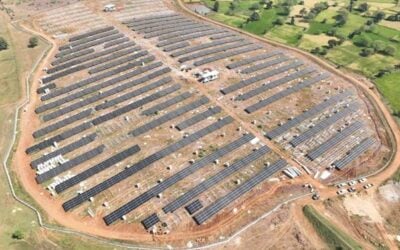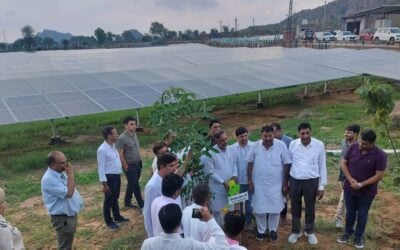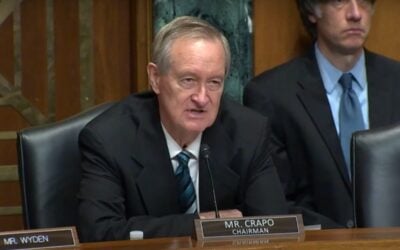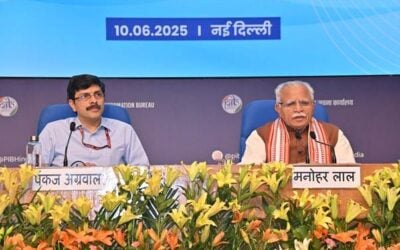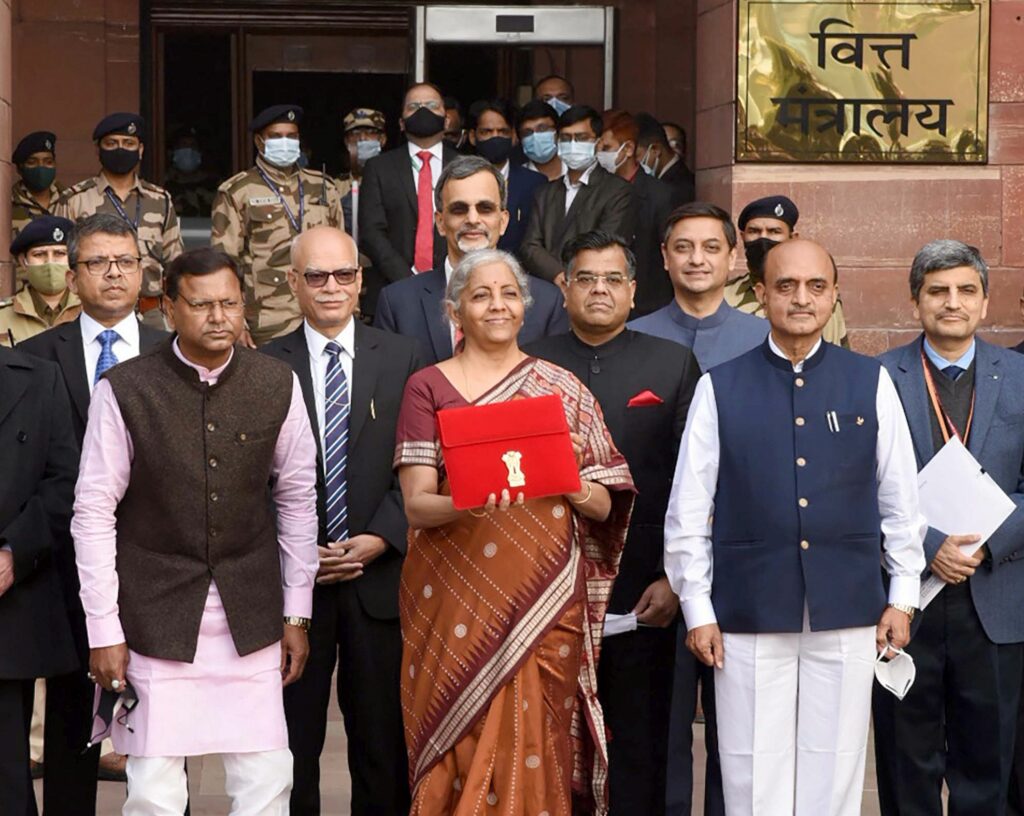
India’s government has approved a tender scheme to support the development and construction of battery energy storage system (BESS) assets for delivery by 2030-2031.
Prime minister Narendra Modi’s Union Cabinet has given its approval to the Scheme for Viability Gap Funding (VGF), with up to 40% of the capital cost of projects selected through competitive tender available from the Union Budget.
Enjoy 12 months of exclusive analysis
- Regular insight and analysis of the industry’s biggest developments
- In-depth interviews with the industry’s leading figures
- Annual digital subscription to the PV Tech Power journal
- Discounts on Solar Media’s portfolio of events, in-person and virtual
The announcement was made yesterday (6 September), with the scheme aimed at reducing the cost of energy storage for both consumers and for India’s electricity distribution companies (Discoms).
The government “envisages” the award of funding to support around 4,000MWh of BESS resources, with a minimum of 85% of awarded BESS capacity to be made available to Discoms. Winning projects must come online within 18-24 months of award.
The news is far from unexpected: Union finance minister Nirmala Sitharaman’s 2023-2024 Union Budget announced in February had committed to the VGF competitive tender scheme as well as other measures to promote storage. It was warmly received by the industry at the time.
As reported by Energy-Storage.news yesterday, there is an urgency to promote the uptake of battery storage – and other storage technologies, chiefly pumped hydro energy storage (PHES) – in the country.
The government recently launched guidelines for the promotion of these resources, which can accelerate the decarbonisation of the power and energy sectors, enabling dispatchable renewable energy 24/7, improve energy access in remote areas and security of supply and stability for the electricity grid network.
It could also be an engine of growth and development for the economy, the government said in its guidelines, while also setting parameters for market design and technical standards.
What really stood out from the Ministry of Power guidelines was a reference to new modelling from the national Central Electricity Authority (CEA) on how much energy storage India needs in the coming years.
The CEA’s forthcoming 2023 assessment of the electricity sector estimated a requirement for 73.93GW/411.4GWh of storage by 2031-2032. Around two-thirds of that output and capacity would be from BESS and the remainder from PHES.
That is a far higher figure than the CEA had previously estimated of about 28GW/108GWh by 2030, the 160GWh+ forecast by trade group India Energy Storage Alliance (IESA) and the 180GWh prediction of government innovation think tank Niti Aayog.
This level of deployment would keep India’s energy sector in line with the country’s goals on renewable energy, which include adding 500GW of non-fossil fuel resources (450GW of which would be solar PV and wind).
Tenders the go-to support mechanism for BESS
Tenders appear to be the go-to market mechanism for policymakers to promote large-scale energy storage deployment. The UK’s buoyant BESS market kicked things off with a 200MW competitive solicitation for ancillary services in 2016, while more recently the Australian government has committed to rolling out tenders for dispatchable low carbon energy that could only be achieved with the involvement of energy storage resources.
India’s government itself has already held tenders through state-owned entities, as have various agencies and governments at state level across the country.
In fact, the country has been vocal in its desire to create an energy storage industry ecosystem, including support for domestic battery cell manufacturing, and various top-level politicians including Modi have made public statements to that effect.
The Ministry of Power gave a recap of some of those efforts in its new guidelines. On the Viability Gap Funding scheme, the ministry noted that “costs are a challenge in the initial years because the volumes are low,” when it comes to establishing BESS projects.
“Therefore, Viability Gap Funding becomes essential for supporting initial uptake of BESS by consumers. In order to decrease the levelised cost of storage (LCOS) and make BESS a viable option, it has been proposed to offer Viability Gap Funding to initial few BESS projects,” it said.
“Considering the cost of energy for charging the BESS, the total cost of energy from BESS would be comparable to the price in the power exchanges during the peak demand periods,” making BESS a viable option for peak power management.
As with tenders held in other markets, countries and for other technologies, the VGF scheme could also help lower the costs of future BESS projects, the ministry believes.
To that end, the scheme targets bringing the cost of storage down to IR5.50 (US$0.066) – IR6.60 per kWh. An initial IR94 billion outlay will be made on the scheme, including about a third from the current Union Budget, while funding support will be disbursed in five tranches based on projects hitting required milestones.

